Red Hood Is Batman’s Biggest Mistake (But Not For The Reason You Think)
Jason Todd’s death and turn as Red Hood is considered Batman’s biggest error, but Batman: Urban Legends shows that it is only the tip of the iceberg.
You Are Reading :Red Hood Is Batman’s Biggest Mistake (But Not For The Reason You Think)
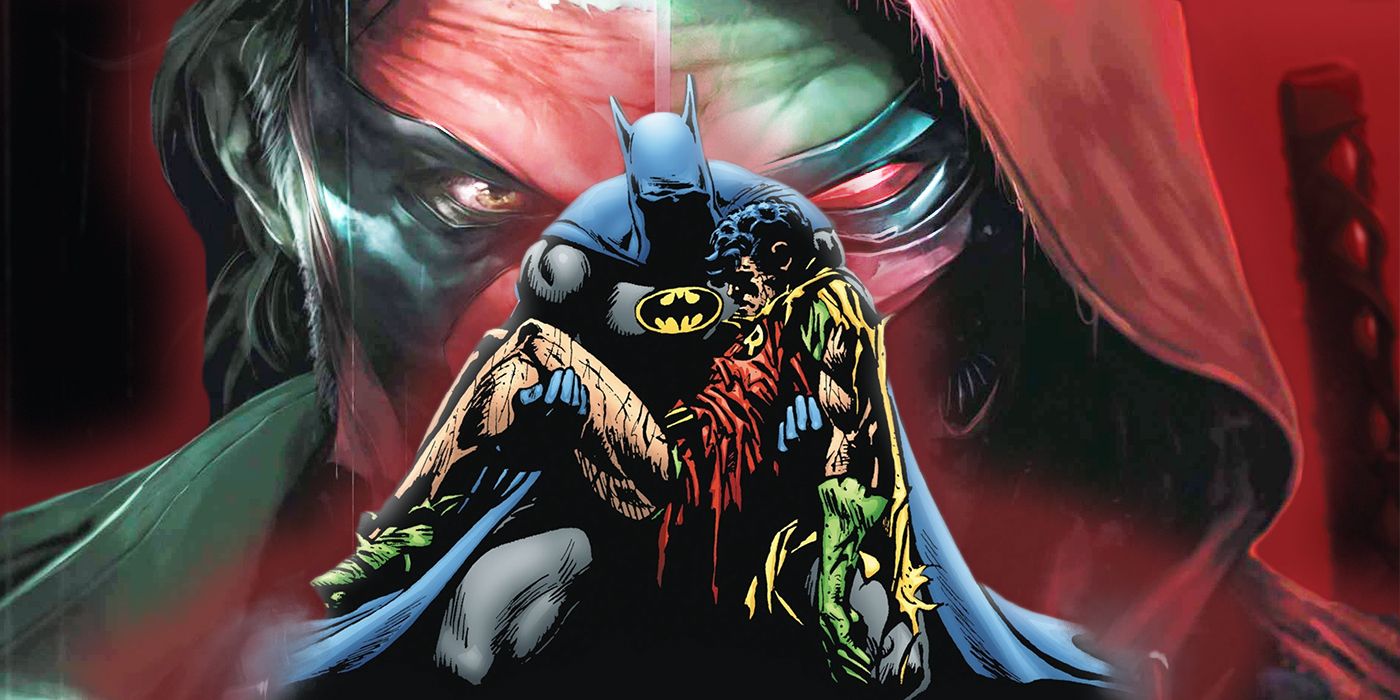
Red Hood (Jason Todd) has been a stain on Batman’s legacy in DC Comics ever since his death as Robin in Jim Starlin and Jim Aparo’s 1988 comic, Batman: A Death in the Family. The murder of his sidekick and ward at the hands of the Joker sent Bruce Wayne down a spiral of guilt and grief for not having done a better job of protecting Jason from his enemies. In many ways, the event itself captured the essence of Batman’s mythos on several levels: his existence as a superhero is defined by violence, death, and loss, all of which he has been able to move past from. Jason being a child only compounded the harsh facts of life as Batman for Bruce Wayne, because it signified that he would never be able to save an orphan like Jason, and by extension, himself, from the reality of random and calculated violence in Gotham City.
Later, however, with the resurrection of Jason Todd as the vigilante, Red Hood, Batman was forced to reckon once again with his failings as both a parent and a superhero. Red Hood was unafraid to murder his enemies as well as use firearms, two things that Batman has declared off limits to himself as a superhero (with varying success). For this reason, Red Hood is commonly thought of as Batman’s greatest mistake, because of the hand he played in Jason Todd’s death, as well as the violence that the former Robin descended into after he was resurrected by Ra’s al Ghul.
And while this fact has dominated fans’ perceptions of Batman and Red Hood, a new story puts forth a more nuanced vision of what Batman’s greatest mistake is. The ongoing anthology series, Batman: Urban Legends, examines the troubled relationship between Batman and Red Hood in a story entitled “Cheer,” written by Chip Zdarsky, with art by Eddy Burrows and Eber Ferreira, flashback art by Marcus To, colors by Adriano Lucas, and letters by Becca Carey. Teaming up to uncover the truth about a new drug on the streets of Gotham City, Red Hood and Batman must also come to terms with the unresolved emotional conflict between them.
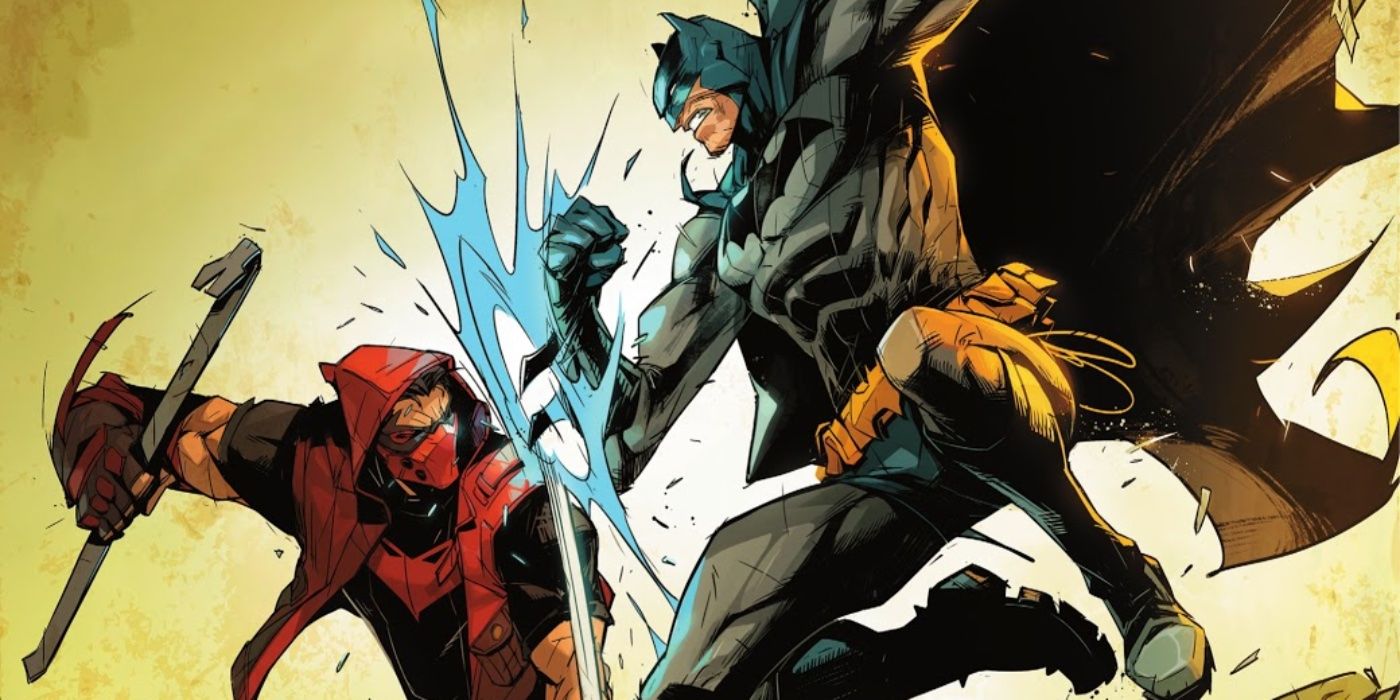
With a story that relies heavily on flashbacks to Jason’s childhood and stint as Robin, “Cheer” suggests that Batman’s greatest mistake was not letting Jason Todd die at the hands of the Joker, or even the fact that his adopted son later became Red Hood. Instead, Zdarsky’s writing and To’s art in flashback sequences suggests that Batman’s greatest mistake was exposing a traumatized orphan like Jason to the violence of crimefighting in Gotham and the viscera of crime scenes. As the series details, the rough circumstances of Jason’s childhood, prior to when he was taken in by Bruce Wayne, taught him to express himself in a lexicon of violence – a fact that was reinforced by Batman later on. By failing to consider the consequences of bringing up his adopted son in this environment, Batman further ensnared Jason Todd in the same cycle of violence that he tried to save him from.
Red Hood Understands How Batman Failed Him In His Childhood.
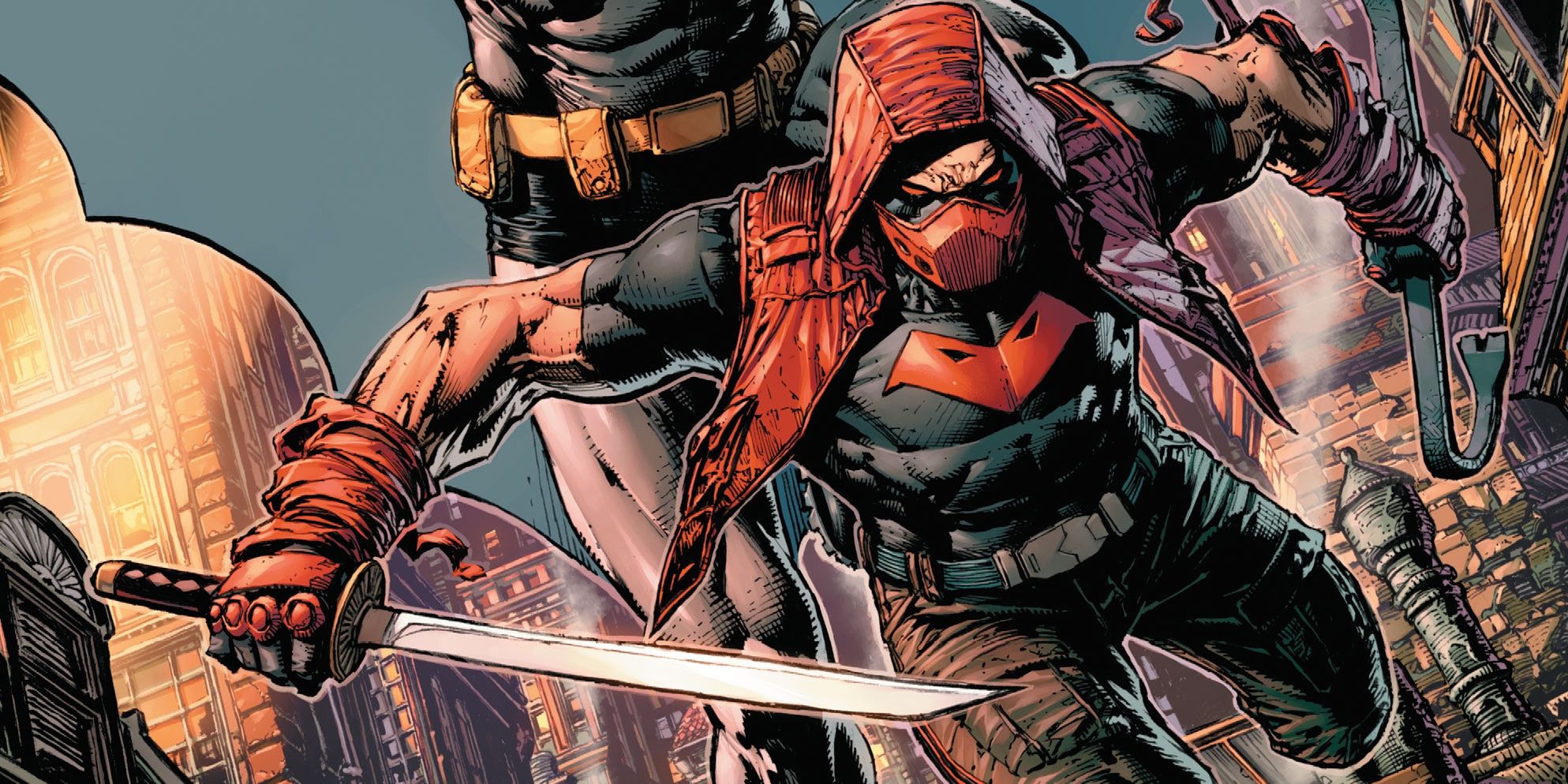
The extensive use of flashbacks in Batman: Urban Legends highlights Red Hood’s perspective of his own childhood as an adult, revealing the ways that Batman failed to protect him emotionally and psychologically as his adoptive father. In part two of “Cheer” in Urban Legends #2, Jason feels immense guilt for having killed the abusive father of a child named Tyler in a flash of anger. Taking in Tyler while his mother is hospitalized after a drug overdose, Jason thinks, “He’s too young to really see what he’s gone through, he can still be saved… I never had a chance. Not for one second” while a flashback scene shows how a young Jason had killed his mother’s drug dealer by pushing him down a flight of stairs.
Jason’s protectiveness towards Tyler stems from the knowledge of how his own childhood was lost to a life of violence – a realization that he is only able to have as an adult who can fully comprehend the gravity of his experiences. This makes his reckoning with Batman later on in the series all the more damning, as it becomes more and more clear how Bruce Wayne failed to take responsibility as an adult and father figure to Jason. As an orphan himself, Bruce was able to see aspects of himself in Jason, but his decision to further immerse him in the everyday violence of Gotham City was vastly detrimental to his son in the long run.
Batman Continued The Cycle Of Violence Red Hood Was Born Into.
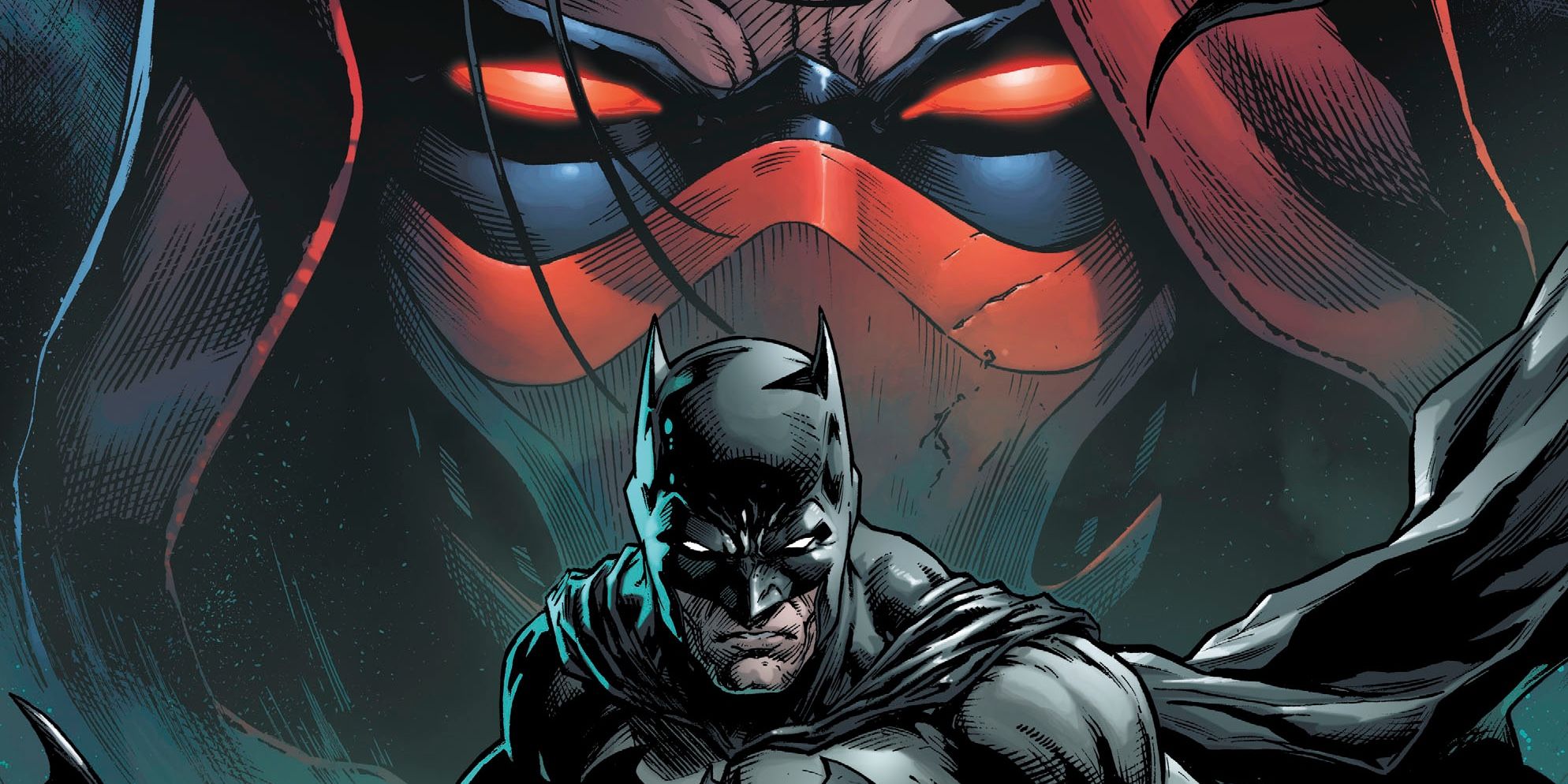
One particular scene in part three of “Cheer” in Urban Legends #3 demonstrates how oblivious Batman was to the longterm damage that he was imparting on Jason while he was Robin. Standing over a chalk outline at a crime scene, Batman quizzes Jason on how the perpetrator could have killed the victim, based on the direction of the blood splatter. While it is clear that Batman is using the grisly scene as a teaching moment for Robin, the series’s focus on Jason’s trauma casts this flashback in a troubling light. Seeing a bloody crime scene would be a difficult for any adult, much less a child, and when viewed in the context of Jason’s trajectory as character, it is clear that Batman had failed to consider what the impact of exposing more violence to Jason would be.
While Batman was able to give Jason the stability of a father figure in his life, their relationship was ultimately still wrapped up in violence because of Jason’s role as Robin. From this, it is apparent that Bruce had a limited vision of what a violence-free childhood could look like for Jason, given that his own had been lost when his parents were murdered in front of him years before. As orphans and survivors of immense loss, “Cheer” posits that it may have been impossible for either character to have a “normal” childhood after everything they had gone through. Still, it should be said that Jason is taking a conscious approach to avoid making the same mistakes with Tyler that the adults in his life had made when he was a child.
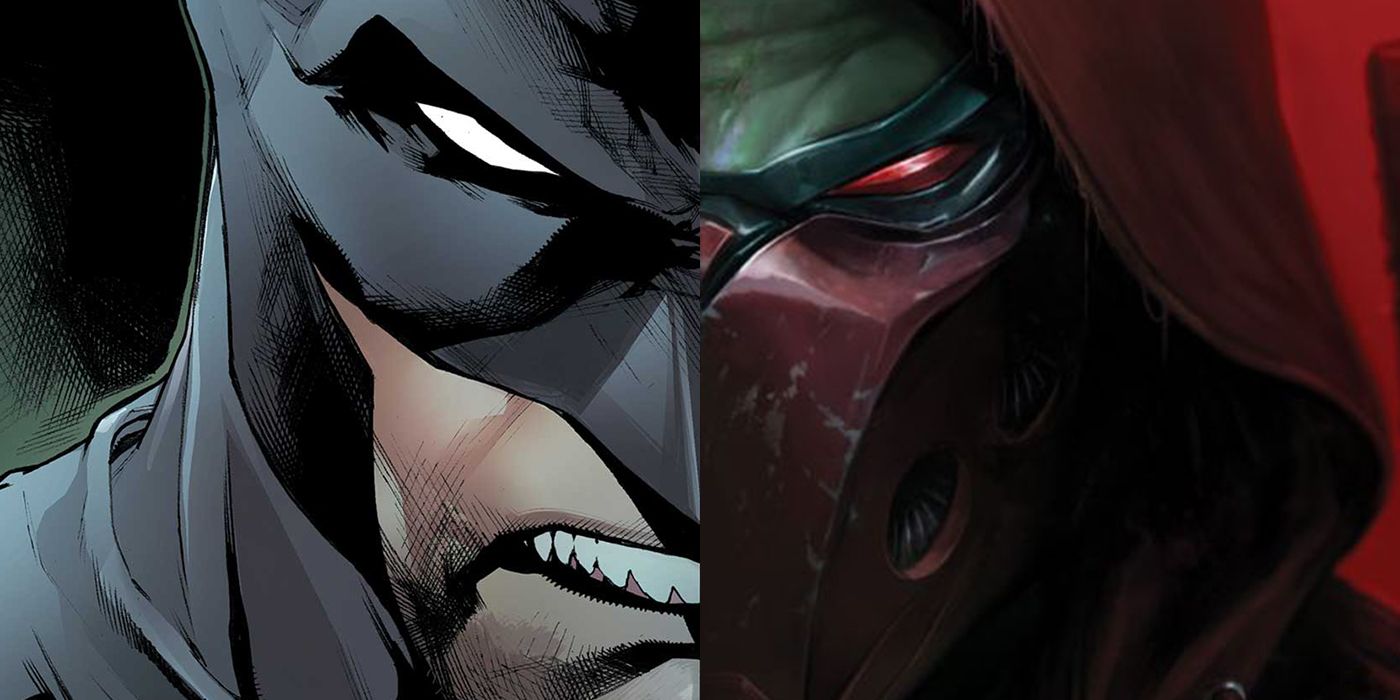
For Red Hood and Batman, their stories in DC Comics will always be informed by the violence of their early lives – part of what makes them such compelling characters is how they reconcile with this truth. Bruce Wayne is far from a perfect parent or superhero, and his mistakes as Jason Todd’s adoptive father demonstrates how he himself never healed from his parents’ deaths. The present for both characters is heavily defined by the past, and “Cheer” has explored the emotional dimensions of this with heartbreaking detail.
Violence is the foundation of the superhero genre, but the trajectories of Red Hood and Batman illustrate the psychological costs of this cycle. It may be the condition of superheroes to engage in violence, but “Cheer” posits that sometimes the most heroic thing to do is disengage in the hopes of finding another solution. While Batman failed Jason Todd from the start, Red Hood still has the opportunity to make things right.
Link Source : https://screenrant.com/red-hood-batman-urban-legends-biggest-mistake/
